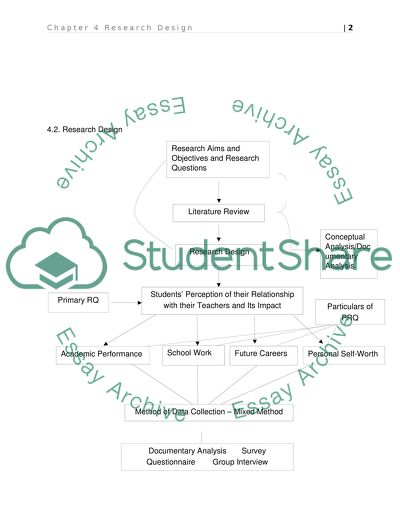Cite this document
(“Student-Teacher relationships: A study on the effects of perceptions Dissertation”, n.d.)
Retrieved de https://studentshare.org/education/1404352-student-teacher-relationships-a-study-on-the
Retrieved de https://studentshare.org/education/1404352-student-teacher-relationships-a-study-on-the
(Student-Teacher Relationships: A Study on the Effects of Perceptions Dissertation)
https://studentshare.org/education/1404352-student-teacher-relationships-a-study-on-the.
https://studentshare.org/education/1404352-student-teacher-relationships-a-study-on-the.
“Student-Teacher Relationships: A Study on the Effects of Perceptions Dissertation”, n.d. https://studentshare.org/education/1404352-student-teacher-relationships-a-study-on-the.


